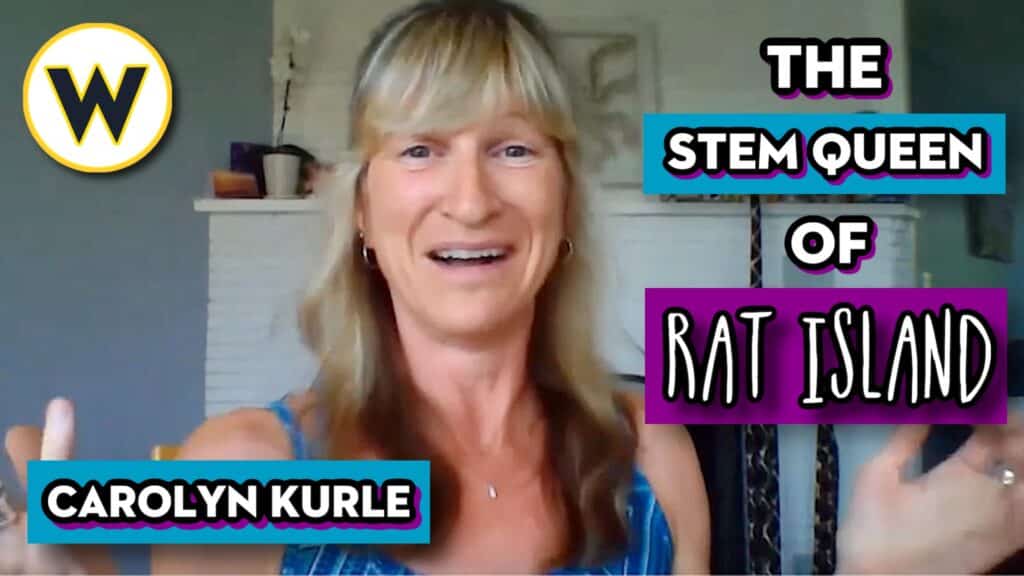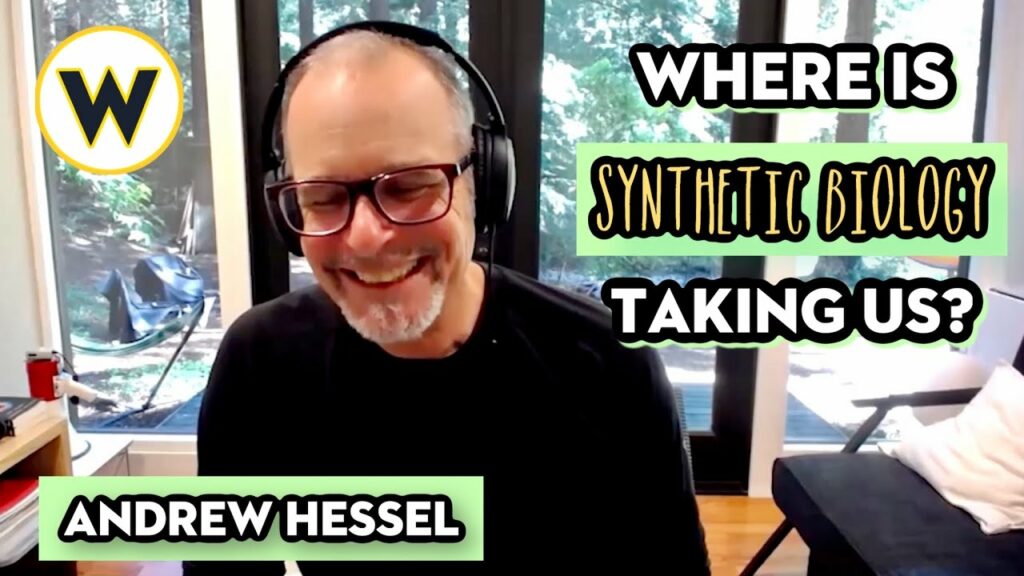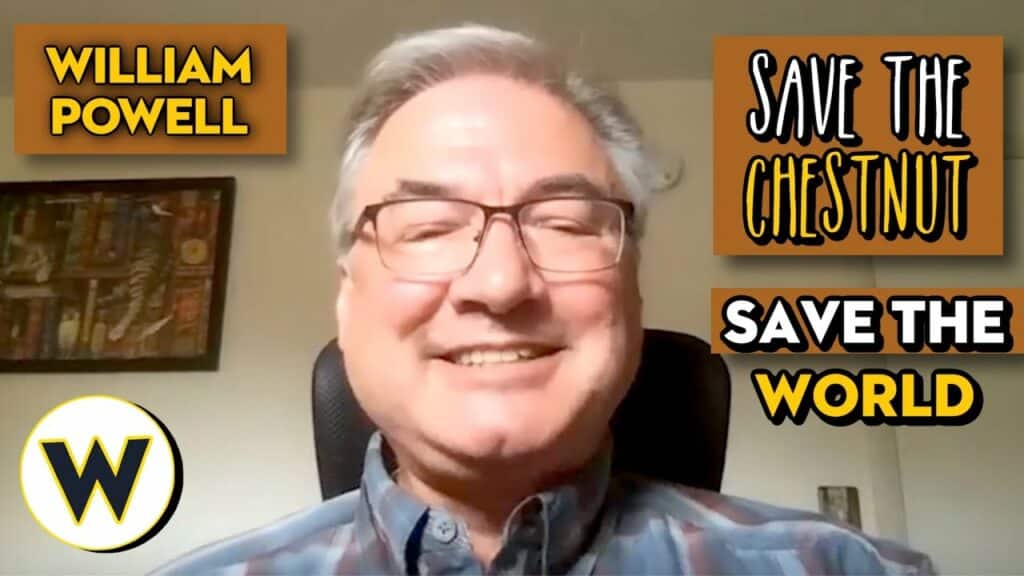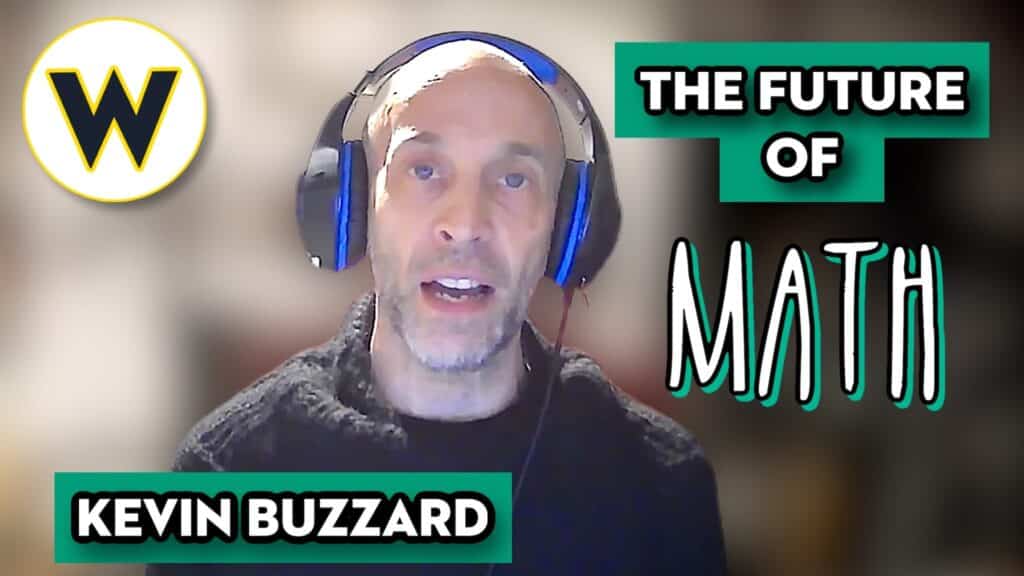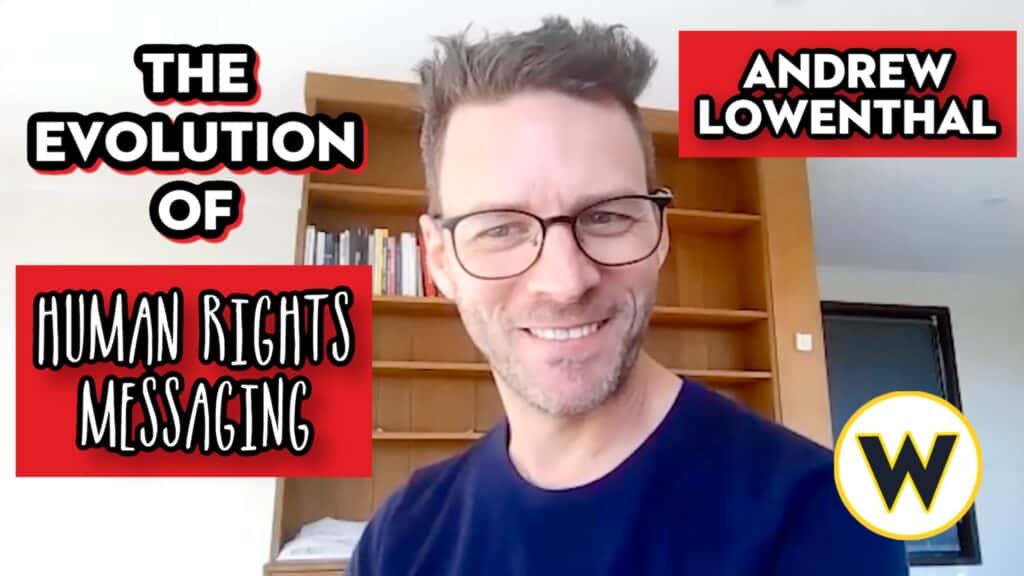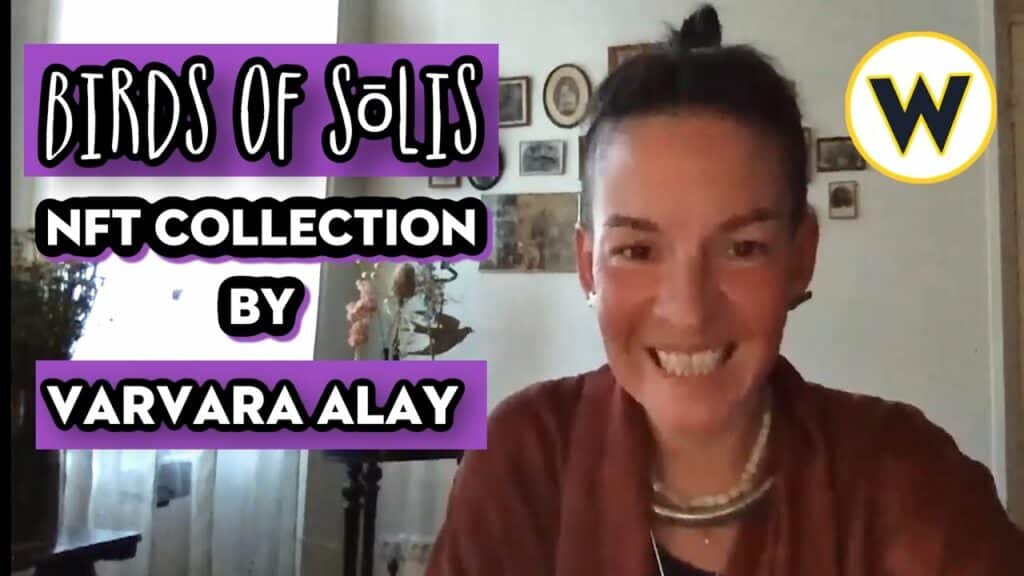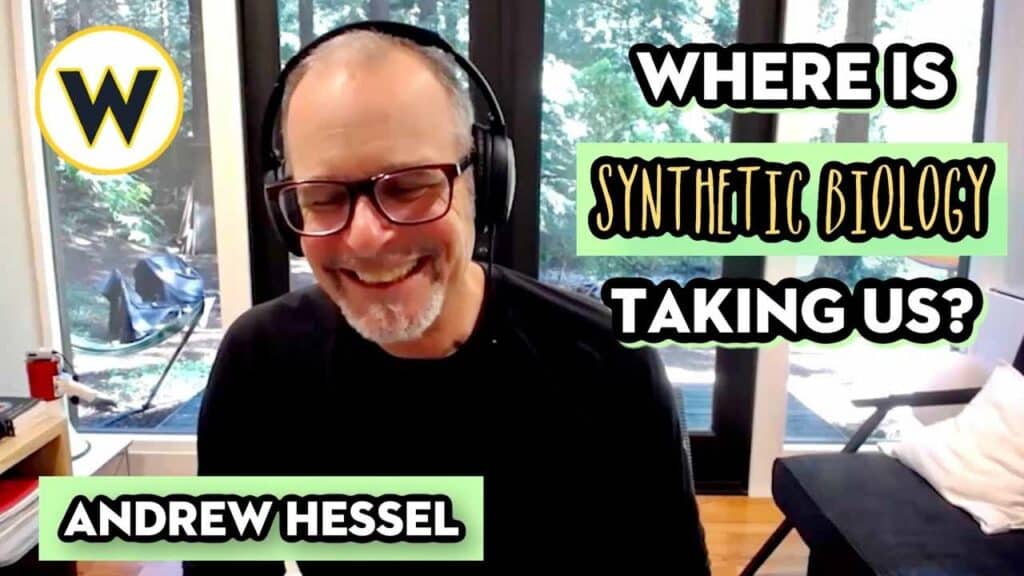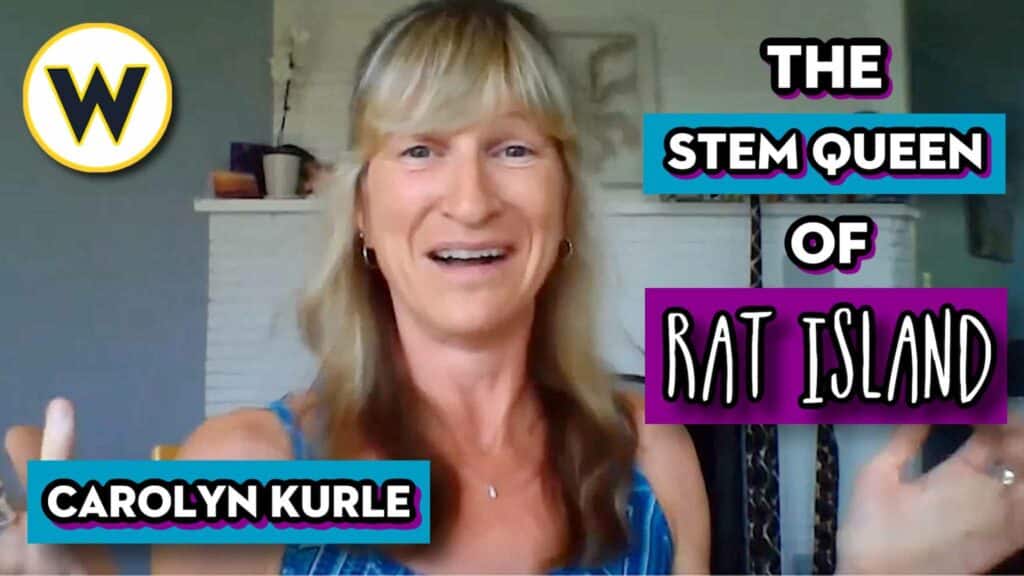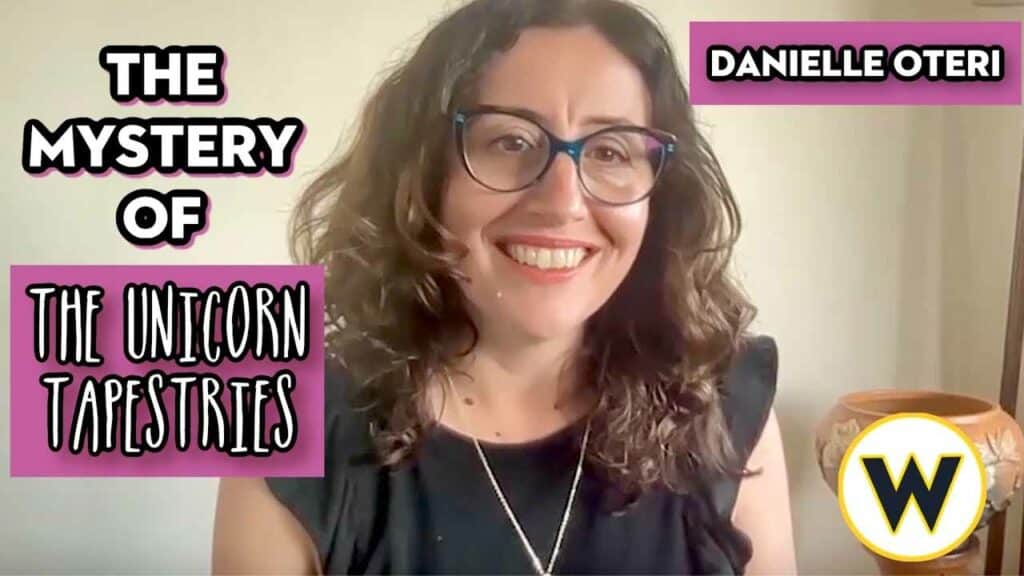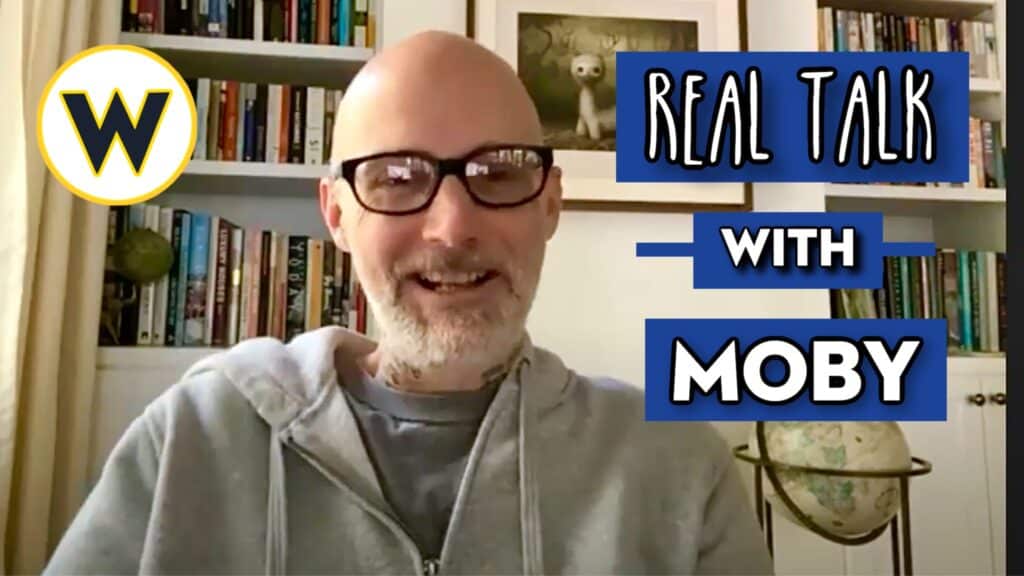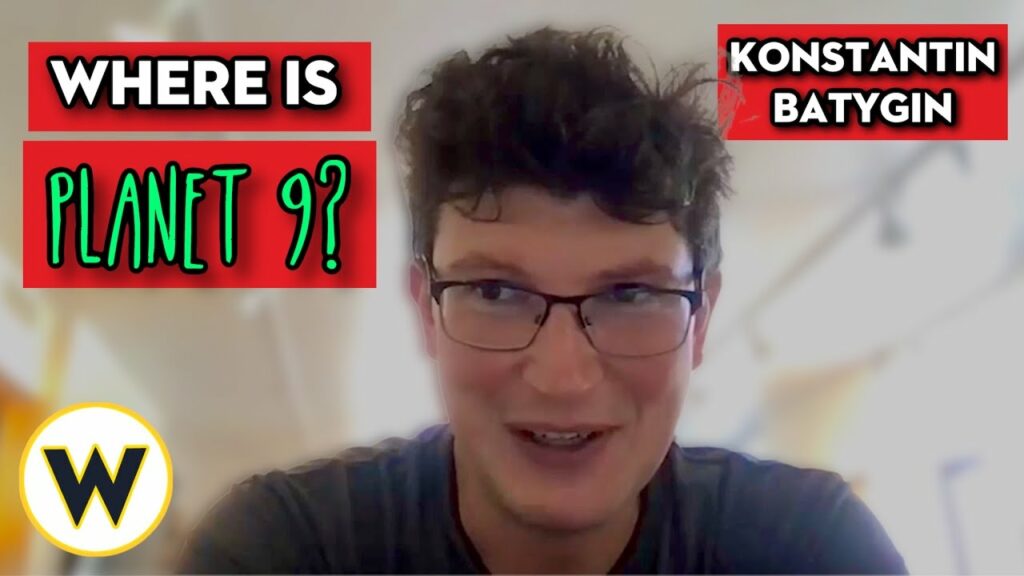Premiered Aug 24, 2022
Jesse and Priscilla talk with Pietro Moran of The Giving Block about leveraging crypto for philanthropic causes.
The Giving Block is making it easier for artists to donate their auction profits directly to charity with cryptocurrency, without middlemen. They share examples of teenagers and famous artists who have donated portions of their NFT collections and digital assets through their platform.
Highlights
- The Giving Block enables artists to donate their auction profits directly to charity with cryptocurrency.
- Donations can be made without the involvement of middlemen, avoiding potential conflicts or fees.
- Artists of all ages, from teenagers to famous artists, have used The Giving Block to donate portions of their NFT collections and digital assets to charity.
- The platform has helped to distribute funds to charities that address environmental concerns.
- One anonymous artist from Art Blocks donated $3.5 million worth of Ethereum through The Giving Block.
- The Giving Block provides resources to help people understand cryptocurrency and charitable giving.
- Charities that partner with The Giving Block benefit from new donors willing to donate through cryptocurrency.
2:57 – About The Giving Block
4:44 – Boomers and Crypto
8:33 – Objections to Crypto
10:16 – Managing the Activation
11:32 – NFT Donations
12:28 – NFTs for Artists
15:36 – Smart Contracts
16:53 – Do you verify the nonprofit
17:53 – Can you change the smart contract
18:36 – How do you account for price fluctuations
20:51 – Communication with artists
23:21 – Crypto in general
25:01 – Current events
28:04 – Liquidity test
29:49 – Valuation
30:20 – The Future
32:53 – Digital Art
